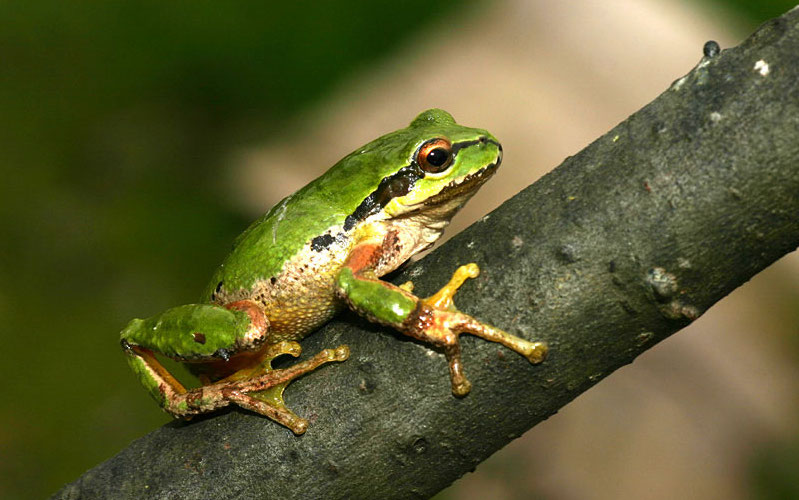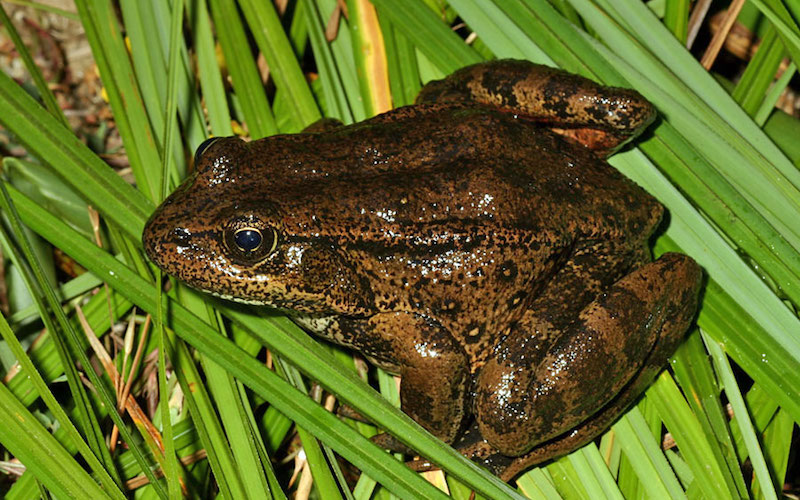Amphibians
Amphibians are very important to maintaining a healthy ecosystem. Unfortunately, they are extremely sensitive to environmental pollutants as they literally breathe through their skin. As a result, amphibians in the arroyo can be a bit tricky to find.

California toad
Bufo boreas halophilus
The California Toad occurs from all of Northern California and down south into Baja California. There are scattered populations in isolated desert areas, such as in the Mojave Desert, but they generally do not occur in the desert areas from Death Valley southward.[5] The habitats for the California Toad range from woodland, grassland, and meadows in forest areas to backyards and parks in the suburbs. It breeds in lakes, creeks, ponds, reservoirs, slowly flowing streams, and canals.[6]

Pacific treefrog
Hyla regilla
The Pacific Treefrog occurs from California to the Southern tip of Alaska, in altitudes from sea level to 10,000 feet. They reproduce aquatically and have a loud chorus. Though previously thought to occur in two different color morphs, it is now generally accepted that they can change color based on environmental features. This change takes a few weeks to occur fully but changes are noticeable within a few hours. There has even been a blue frog found in Humbolt!

California red-legged frog
Rana aurora draytonii
This larger frog is classified as threatened and is protected by state and federal laws. It has disappeared from 70% of its range and is currently found in 256 streams. Much of its population decline has been attributed to predation by non-native Bullfrogs. The California red-legged frog is quite red and can be found in still pools and streams. It is usually inactive during heat but can be found during the night. This species is endemic to California.